Discover Kyoto: A city of timeless beauty. Uncover the best places to visit, ticket prices, local food, and must-have items to carry when exploring this cultural gem.”
Table of Contents
Introduction
Kyoto, Japan’s cultural heart, is a city where ancient traditions, stunning temples, and lush gardens come together in perfect harmony. It’s a place that’ll transport you back in time with its wooden teahouses, peaceful shrines, and geisha strolling down cobblestone streets. But when’s the best time to visit Kyoto? What are the must-see places? And what on earth should you pack for your trip? Don’t fret! We’ve got you covered with this ultimate guide to Kyoto, including places to visit, the best time to go, ticket prices, famous food, and all the essentials you need to carry.
Must-Visit Places in Kyoto
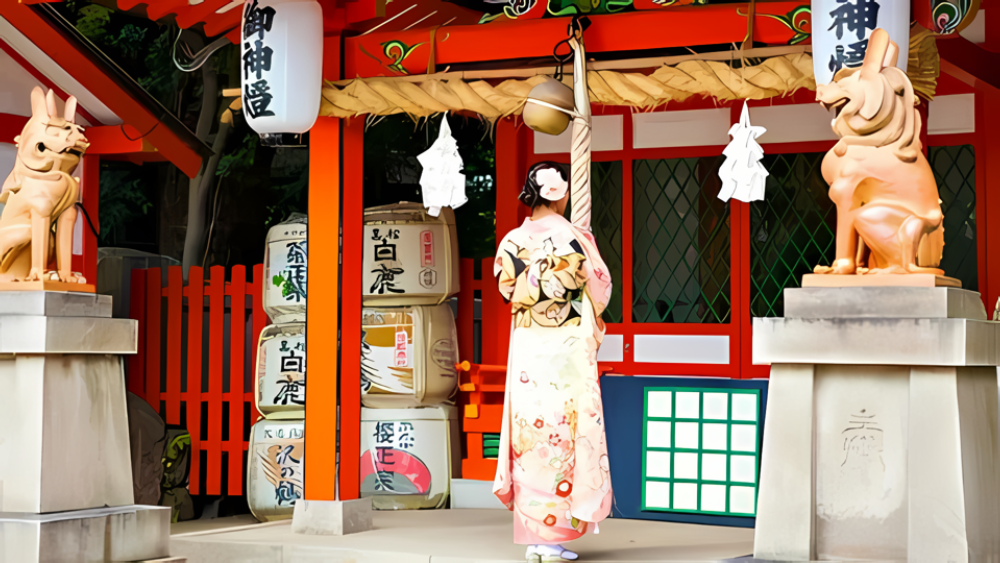
Kyoto is brimming with incredible sights, so narrowing it down can be tricky! But here are some places you absolutely cannot miss.
1. Fushimi Inari Taisha
With its seemingly endless path of bright orange torii gates, Fushimi Inari Taisha is one of Kyoto’s most iconic sights. The shrine is dedicated to Inari, the god of rice and business, and the gates wind their way up Mount Inari. It’s a bit of a hike, but the views are incredible, especially if you make it to the top.
2. Kinkaku-ji (The Golden Pavilion)
Kinkaku-ji is pure eye candy. This Zen Buddhist temple is coated in gold leaf and reflected beautifully in the surrounding pond. It’s one of Kyoto’s most photographed spots – and for good reason! The place exudes peace and elegance, so make sure your camera’s fully charged for this one.
3. Arashiyama Bamboo Grove
Ever wanted to walk through a magical bamboo forest? Well, Arashiyama Bamboo Grove will make that dream a reality. The tall, towering bamboo stalks seem to go on forever, and the light that filters through is almost surreal. It’s a popular spot, so try to visit early in the morning if you want to beat the crowds.
4. Kiyomizu-dera Temple
Kiyomizu-dera, perched on a hillside, offers sweeping views of Kyoto. The temple’s wooden stage juts out over the hillside, and in spring or autumn, it’s surrounded by either cherry blossoms or fiery red leaves. Make sure to explore the Otowa Waterfall below, where you can sip from streams said to grant longevity, success, and love. Yes, please!
5. Gion District
Step back in time in Kyoto’s Gion District. This historic area is famous for its traditional wooden machiya houses and geiko (Kyoto’s geishas). If you’re lucky, you might even spot a geiko or maiko (an apprentice) shuffling along in their kimono and wooden sandals. Gion is especially atmospheric at dusk, with lanterns glowing softly and the sound of wooden clogs tapping the pavement.
6. Philosopher’s Path
A charming stone path lined with cherry trees, the Philosopher’s Path is ideal for a peaceful walk. Stretching along a canal, this path connects several temples and shrines and is particularly enchanting during cherry blossom season. It’s named after the famous philosopher Nishida Kitaro, who used to meditate while walking here.
7. Nijo Castle
For history buffs, Nijo Castle is a must-see. This UNESCO World Heritage site was built in the early 1600s as a residence for the Tokugawa shoguns. The castle’s nightingale floors, which chirp as you walk across them, were designed to thwart would-be assassins. Now that’s smart!
Best Time to Visit Kyoto
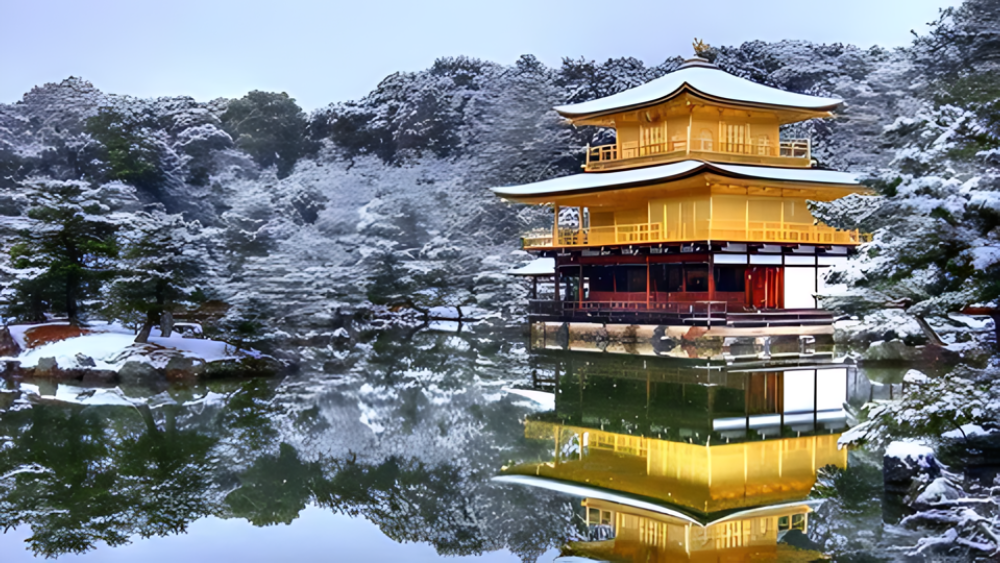
So, when’s the best time to visit Kyoto? It depends on what kind of experience you’re after. Let’s break it down:
- Spring (March to May): Ah, cherry blossom season – the epitome of beauty in Kyoto. The city turns pink with sakura, and parks and temples are packed with locals and tourists having hanami (flower viewing) parties. It’s stunning but also busy, so be prepared for crowds.
- Summer (June to August): Kyoto summers are hot and sticky, with humidity levels soaring. But summer also brings the lively Gion Matsuri, one of Japan’s most famous festivals. If you’re into fireworks, traditional dances, and colourful parades, summer might just be your thing.
- Autumn (September to November): This is my personal favourite time to visit Kyoto. The autumn foliage is breathtaking, with shades of red, orange, and yellow transforming the city’s temples and gardens into picture-perfect scenes. Plus, the weather’s cool and comfortable.
- Winter (December to February): Winter in Kyoto can be a bit chilly, but there’s something magical about seeing temples dusted with snow. It’s a quiet and peaceful time to visit, with far fewer tourists. Just make sure you bundle up!
Ticket Prices for Kyoto Attractions
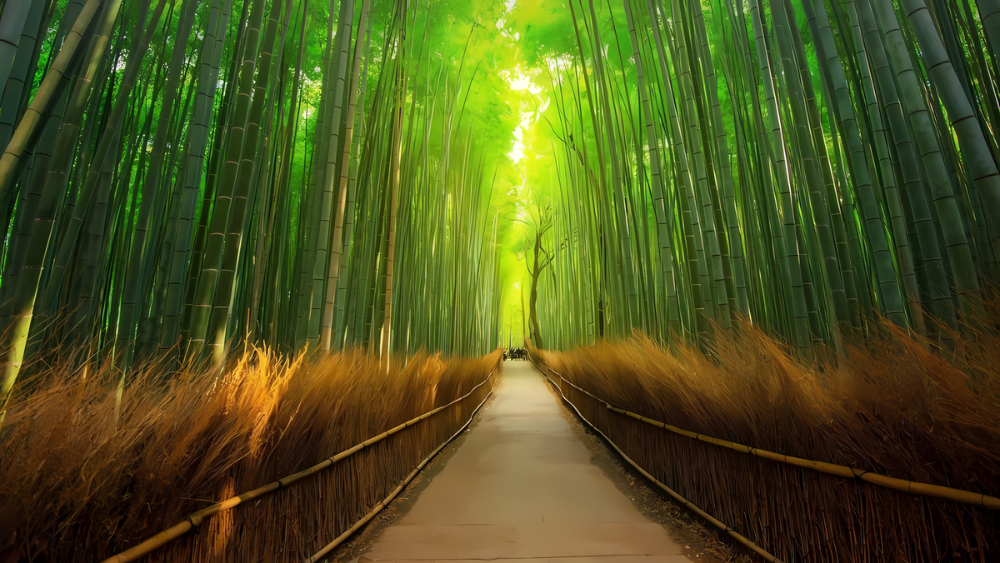
Here’s a rough guide to ticket prices for some of Kyoto’s top attractions:
- Fushimi Inari Taisha: Free! The shrine and its torii gates are open 24/7, so you can visit at any time.
- Kinkaku-ji (Golden Pavilion): ¥400 (£2.50) for adults.
- Arashiyama Bamboo Grove: Also free! Although some of the nearby temples and gardens charge a small fee.
- Kiyomizu-dera Temple: ¥400 (£2.50) for adults.
- Nijo Castle: ¥620 (£3.80) for adults.
- Gion District: Free to wander! Though if you want to experience a traditional tea ceremony or a maiko performance, expect to pay upwards of ¥4,000 (£25).
- Philosopher’s Path: Free! The temples along the way may have entry fees, but the path itself is open to all.
Pro tip: Many temples in Kyotto have small entry fees, but the experience is always worth it. Plus, these fees help with the preservation of these incredible historic sites.
Famous Food to Try in Kyoto

Kyoto’s food scene is all about refinement. This is the place to try kaiseki (traditional multi-course dining), elegant sweets, and fresh, local produce. Here are a few must-try dishes:
- Yudofu (Tofu Hotpot): Kyooto is known for its tofu, and yudofu is a simple yet delicious hotpot of tofu simmered in a light broth. It’s often served in traditional restaurants near temples.
- Kaiseki Ryori: This is Kyooto’s most famous form of cuisine. Kaiseki is a multi-course meal that reflects the seasons and uses the freshest ingredients. It’s an art form as much as it is a meal, and though it can be pricey, it’s worth the splurge.
- Obanzai: This is Kyooto’s traditional home-style cooking, featuring small dishes made from seasonal, local ingredients. It’s hearty, healthy, and gives you a real taste of Kyooto’s culinary culture.
- Matcha Sweets: Kyooto is famous for its high-quality matcha (powdered green tea), and you’ll find matcha-flavoured everything here! From matcha ice cream to matcha mochi, it’s a must-try for tea lovers.
- Kyo-wagashi (Kyoto Sweets): Kyooto is renowned for its delicate and beautiful wagashi (traditional Japanese sweets), often served with tea. Try yatsuhashi, a famous Kyooto sweet made from rice flour and sweet bean paste, wrapped up in soft dough.
Things to Carry for Your Kyoto Adventure
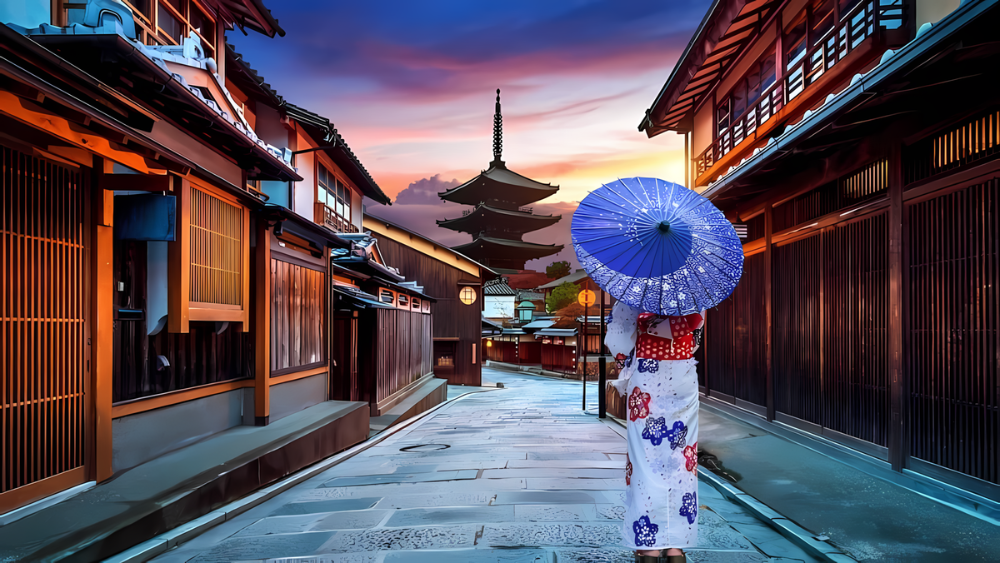
You’ll want to be prepared when exploring Kyoto, so here are a few things to pack:
- Cash: While credit cards are accepted in many places, smaller shops, temples, and restaurants might only take cash. Plus, entry fees to temples are often cash-only.
- Comfortable Shoes: Kyooto is a walking city, and some of the best spots (like the Philosopher’s Path and Gion) are best explored on foot. Trust me, you’ll want comfy shoes!
- Reusable Water Bottle: Japan has clean, safe drinking water, and there are lots of places to refill your bottle. Staying hydrated is key, especially if you’re visiting during summer.
- Light Jacket or Umbrella: Kyooto’s weather can change quickly, so a light jacket or umbrella will be your best friend, particularly in spring and autumn.
- Camera or Smartphone: Kyooto is one of the most photogenic cities in the world. You’ll definitely want to capture those stunning temple scenes and vibrant gardens.
- Portable Wi-Fi or SIM Card: While Kyooto is fairly modern, having access to your own internet connection can be a lifesaver when navigating or looking up restaurant recommendations.
Top 6 best places for Travel in Japan 2024
FAQ to help with your trip to Kyoto:
General Information
Q: Where is Kyoto located?
A: Kyooto is located in the Kansai region of Japan, on the island of Honshu. It’s situated between Osaka and Nara.
Q: What is the best time to visit Kyoto?
A: The best times to visit Kyooto are during spring (March to May) for cherry blossoms and autumn (October to November) for the stunning fall foliage. Summer (June to August) can be hot and humid, while winter (December to February) can be cold but offers a quieter experience.
Q: What is the main language spoken in Kyoto?
A: Japanese is the primary language spoken in Kyooto. While English is commonly understood in tourist areas, learning a few basic Japanese phrases can be very helpful.
Getting Around
Q: How can I get from Kansai International Airport to Kyoto?
A: You can take the JR Haruka Express train, which connects Kansai International Airport with Kyooto Station in about 75 minutes. Alternatively, there are airport buses and taxis available.
Q: What are the best ways to get around Kyoto?
A: Kyooto is well-connected by public transport. The city has an extensive bus network and a subway system. Bicycles are also a popular option for exploring. Taxis and rental cars are available but can be less convenient due to traffic and parking.
Q: Do I need a transportation pass?
A: Depending on your travel plans, a Kyoto City Bus & Kyoto Bus One-Day Pass or the Kyoto Subway Pass might be useful. If you plan to travel around the Kansai region, the Kansai Thru Pass could be beneficial.
Sightseeing
Q: What are the must-see attractions in Kyoto?
A: Key attractions include:
- Fushimi Inari Shrine with its iconic torii gates
- Kinkaku-ji (Golden Pavilion)
- Kiyomizu-dera Temple with its panoramic views
- Arashiyama Bamboo Grove
- Gion District for traditional tea houses and geisha culture
Q: Are there any famous festivals in Kyoto?
A: Yes, Kyoto is known for several festivals, including:
- Gion Matsuri in July
- Kyo Odori in April
- Aoi Matsuri in May
- Kurisumasu Matsuri in December
Food and Dining
Q: What is Kyoto’s local cuisine?
A: Kyoto is famous for its kaiseki (traditional multi-course meal), yudofu (tofu hot pot), and matcha (green tea) sweets. You should also try Kyoto-style sushi, known as “saba-zushi” (mackerel sushi).
Q: Are there any must-try restaurants in Kyoto?
A: Some well-regarded places include:
- Gion Karyo for kaiseki
- Omen for udon noodles
- Ishikawa for a high-end dining experience
- Kikunoi for traditional Japanese cuisine
Accommodation
Q: What types of accommodation are available in Kyoto?
A: Kyoto offers a wide range of accommodation options, including luxury hotels, traditional ryokan (Japanese inns), guesthouses, and budget hostels.
Q: What is a ryokan, and should I stay in one?
A: A ryokan is a traditional Japanese inn that offers an authentic experience with tatami mats, futons, and often includes a communal hot spring bath (onsen). Staying in a ryokan can be a unique way to experience Japanese culture.
Etiquette and Tips
Q: Are there any cultural norms or etiquette tips I should be aware of?
A: Yes, here are a few:
- Respect for temples and shrines: Be mindful of the customs, such as washing your hands at purification stations before entering.
- Shoes: Remove your shoes when entering someone’s home or certain traditional establishments.
- Quietness: Maintain a quiet demeanor in public spaces and on public transport.
Q: What should I wear while visiting temples and shrines?
A: Dress modestly; avoid wearing revealing clothing. Comfortable shoes are important as you might be doing a lot of walking.
Q: Is tipping customary in Kyoto?
A: No, tipping is not customary in Japan. Good service is expected and appreciated without extra payment.
Q: Can I use credit cards in Kyoto?
A: Many businesses accept credit cards, especially in tourist areas, but some smaller establishments may only accept cash. It’s a good idea to carry some yen.
Feel free to ask if you have any more questions or need further details!
By: Travelloguide

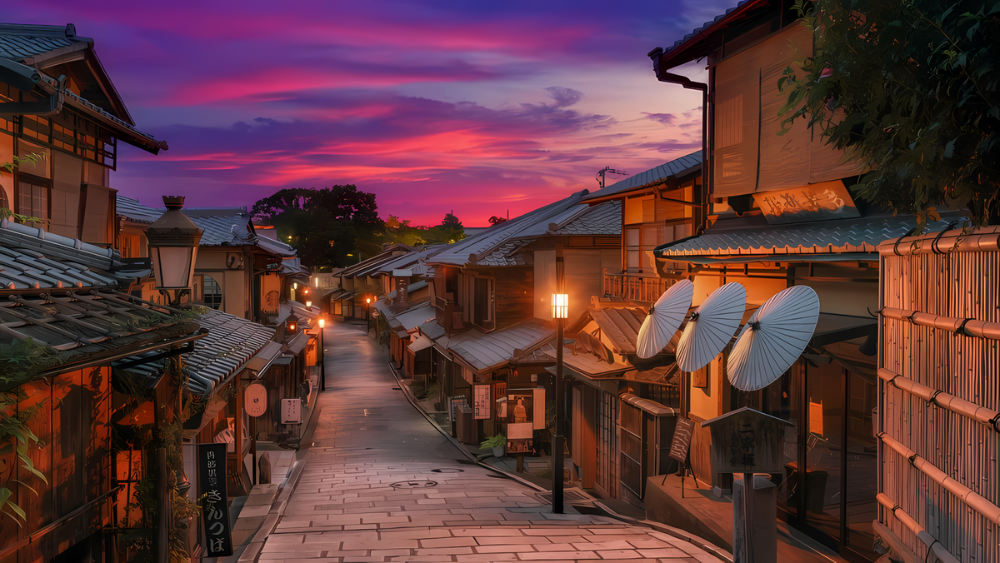
1 comment
[…] Kyoto Japan: Never Miss These 7 Places While… […]